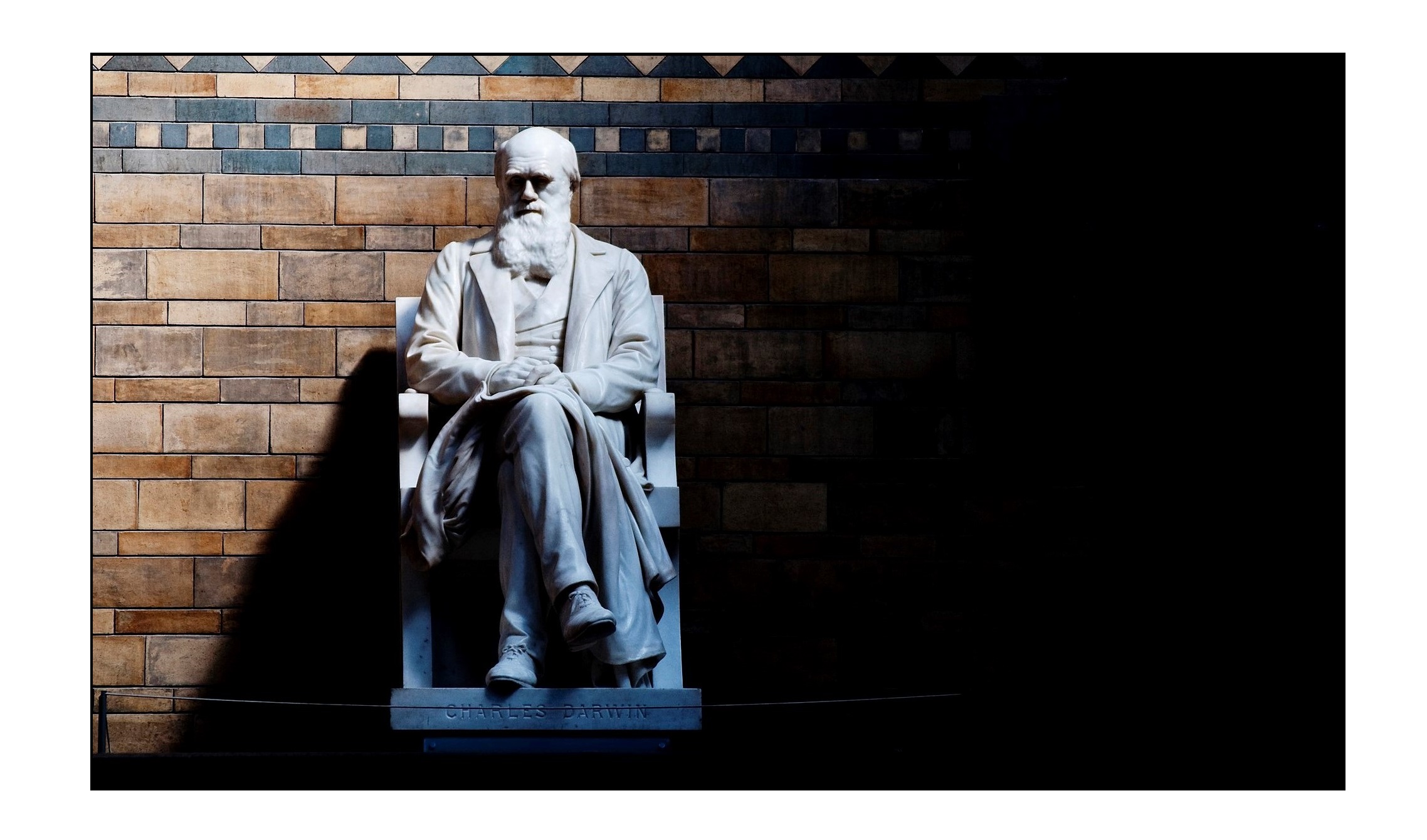
William Kent (1884-1963), a London Historian, had already published the first edition of his London For Everyman (1931), a routine guidebook for the capital, when he probably – as a lapsed Wesleyan – noticed a niche in the market. Or perhaps it was the Rationalist Press Association Ltd. (‘RPA’) that craved a guidebook more tailored to its readership. Whatever the cause, Kent wrote London For Heretics in 1932, the RPA published it, and I’m reading it 88 years later. Better late than never.
To be honest, it’s a disappointingly slim tome. Perhaps the further six books he published in the 1930s were where his efforts were focused. Or perhaps there weren’t enough heretics to justify more than 131 pages of a small pocket book. He sticks to churches, memorials, homes and institutions – the physical evidence, as it were – and as a Londoner writing a blog about London, I have to admire his determination to complete a book based on such thin material. I’m less impressed with his implicit assumption that all of his readers know who, among many others, George Holyoake was. Personally, I haven’t a clue. I hope this doesn’t show me up as an ignoramus.
In the opening chapter on Westminster Abbey and Saint Paul’s Cathedral, he touches on whether London should have a British equivalent of the Paris Pantheon, a non-denominational burial place for the Great and the Good of the nation. This would certainly avoid the embarrassment of burying in either church a person known, for example, to be a passionate humanist, existential nihilist, deist or reform Zoroastrian. It would also prevent the fights Kent suggested there were between the two churches for the right to bury those Great and Good, as there was with Nelson – which conjures up a disturbing image of Nelson’s body being the rope in an all-too-literal tug-of-war.
There was no fighting over Byron, Keats or Shelley. Some poetic heretics (available body or no) were simply beyond the pale. However, the Abbey is home to restoration playwright and author Mrs. Aphra Behn (1640-1689). She was one of the first women to earn a living in the literary world and, in 1932, still the only woman writer buried there. She rests beneath the epithet “Here lies a Proof that Wit can never be Defense enough against Mortality”. Given she was so daring that a hero of one of her plays, Oroonoko, was (a) a black man and furthermore (b) one who didn’t think too highly of the Church of England, this epithet almost seems like that establishment both seeking revenge and justifying mirthless sermons. Finally, Sir George Birdwood (no, I’ve no idea who he was either) recounts a 1907 encounter with women rubbing their shoulders against a pillar in St. Paul’s. Curious, he asked why they were doing so. He was told that if you don’t come up to St Paul’s at least once in your life and rub yourself against it, you’ll die childless and a fool. Now that isn’t in the Bible.
After the chapter on St Paul’s and Westminster, Kent moves on to other London churches, and seems disheartened at the myriad of piously engraved memorials and graves, invoking Charles Lamb’s despairing query as to where all the bad people are buried. Give him his due, he eventually finds some material. I particularly like his description of a bronze medallion in memory of an author and actor, Henry Esmond (1869-1922). This is in the Chapel of the Savoy just off the Strand – an early 16th century chapel woefully neglected by tourists – and shows the lamented gentleman on holy ground with a less than respectful cigarette in his mouth.
We then arrive at ‘Houses and Haunts’. Among some predictable suggestions are a few observational gems. A neighbour of Charles Dickens recalls seeing him on Sundays in his garden at Tavistock Place – since demolished. He would be with friends, drinking stout and smoking churchwardens (a type of pipe, before you imagine the Victorian novelist kippering lay administrators) as a protest against the “doleful ways of keeping Sunday then thought becoming”. Kent states that Thomas Paine started a famous correspondence with Edmund Burke on the weighty subject of the French Revolution in 1790 from the Angel, Islington, “then a rural tavern whence travellers to London set out in company for fear of highwaymen , but now a prosaic Lyon’s restaurant” . It was only three years after the publication of Kent’s book that this Lyon’s Corner House was selected to be a property on the Monopoly board – the only coloured property to be a single building. Supposedly, this was because the two people scouting for locations for the London version met up at Lyons to celebrate the completion of their task. The building there in 1932 is still extant but is now a Co-operative Bank.
Kent goes on to recount an aged Voltaire’s recollection of Sir Isaac Newton’s funeral in the Abbey in 1727, that he “spoke of once having lived in a land where a professor of mathematics, only because he was great in his vocation, could be buried in a temple where the ashes of kings reposed”. But refreshingly, Kent gives equal weight to noting that the appearance of a Voltaire Road and Aristotle Road in Clapham suggests a builder with a taste for philosophy.
Helpfully listed at the back of the book are some suggested Sunday activities for the heretic. I’m particularly taken with the rambles in Epping Forest organised “all the year round” by the Forest branch of the Ethical Movement, but doubt the name and address of the Hon. Sec. so helpfully provided will still be appropriate. In this, London for Heretics has suffered the fate that eventually befalls all guidebooks – it is woefully out-of-date, and is now only a curiosity for people like me to read in the bath.
Nearest Stations:
Selected Bibliography:
Credits: